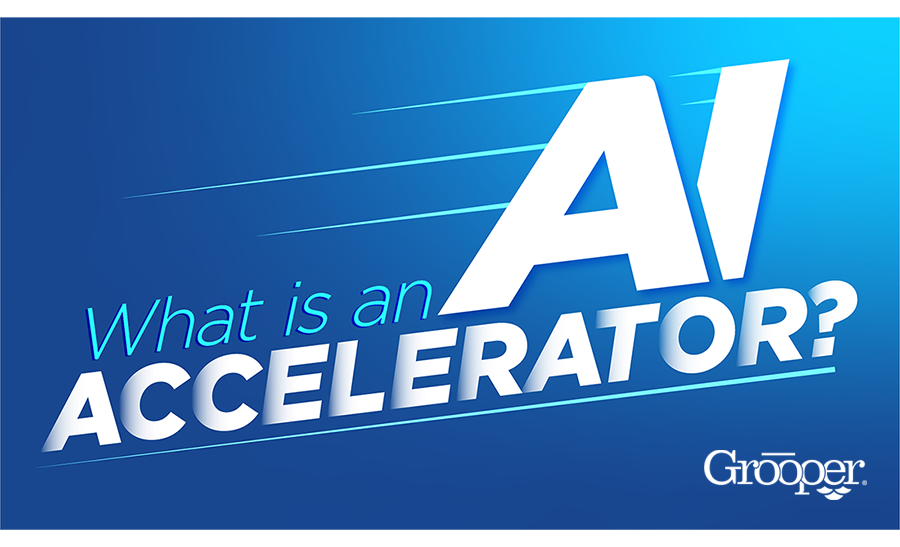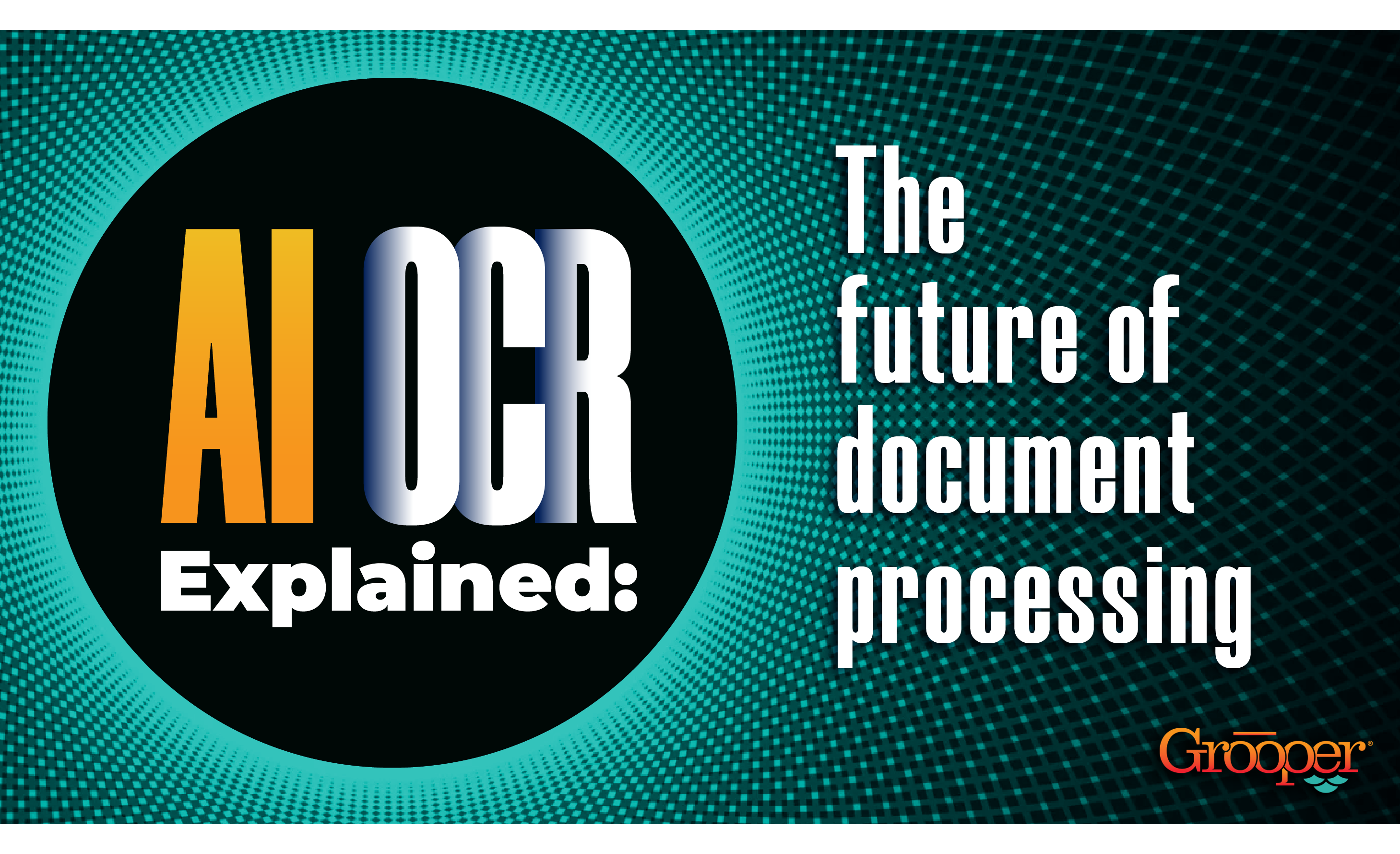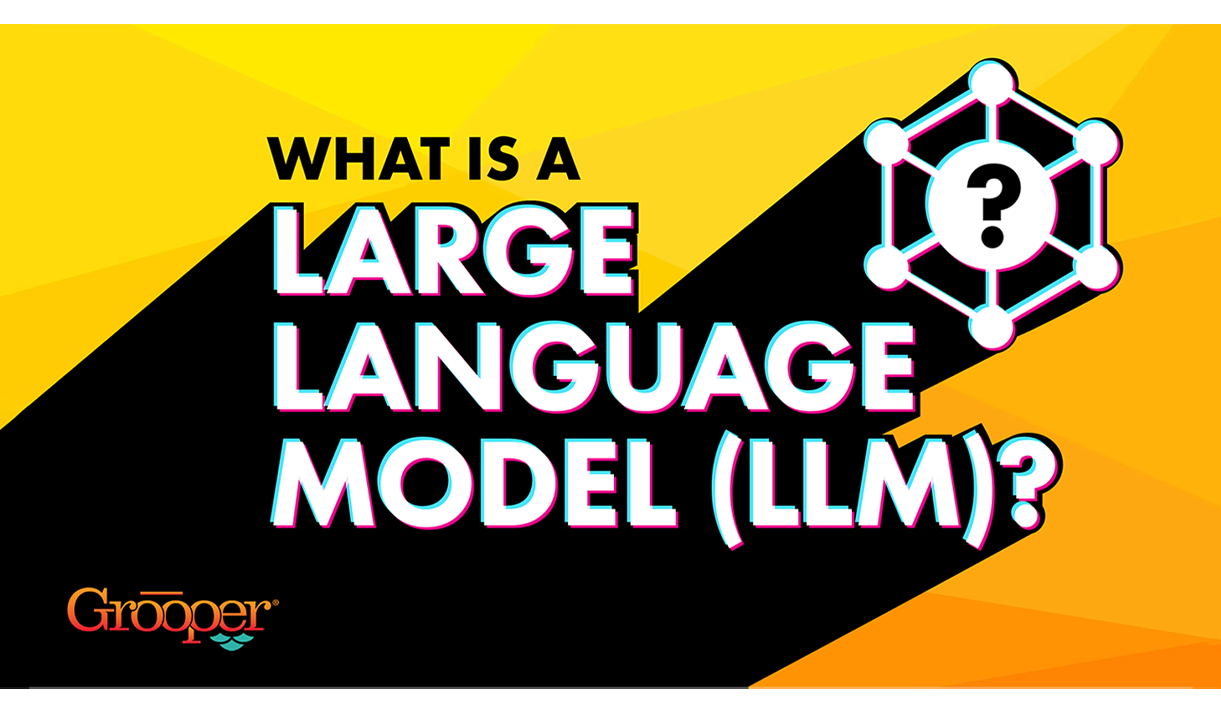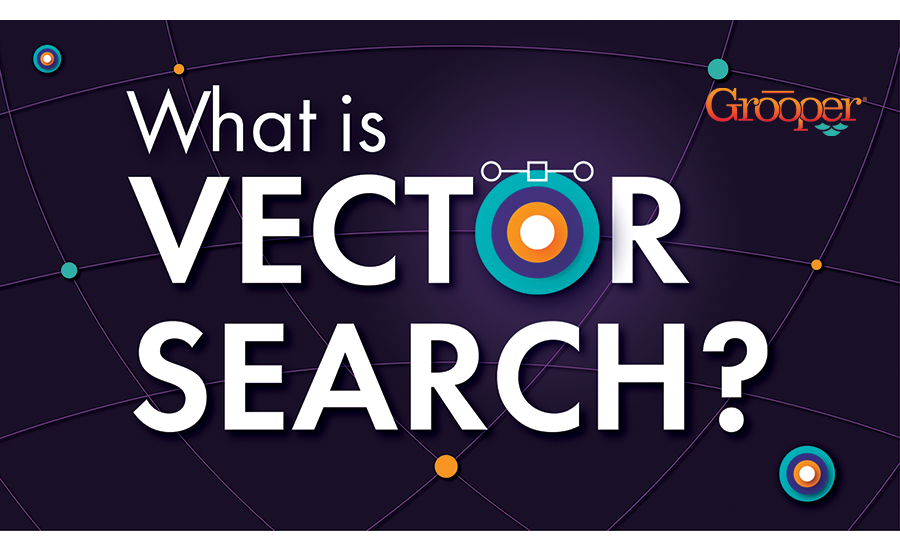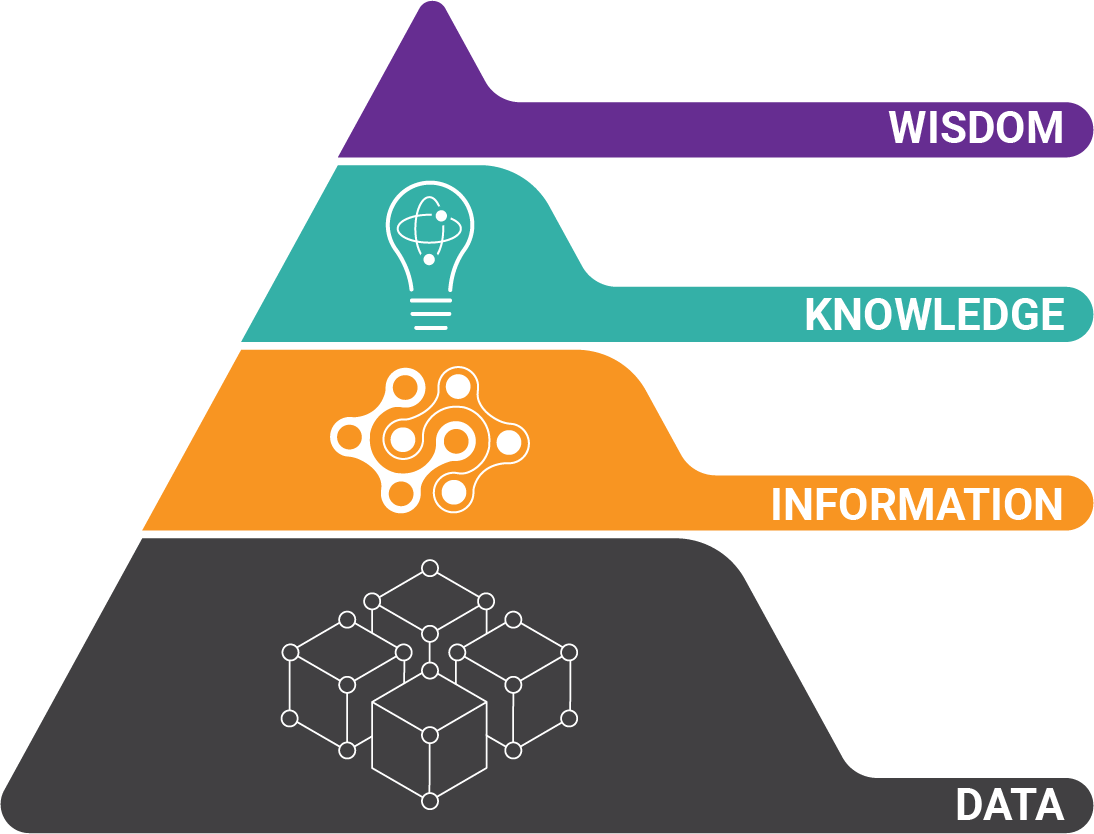Artificial intelligence (AI) is reshaping industries and daily life, from powering facial recognition to driving autonomous vehicles. While the potential of AI is immense, two key challenges hinder its widespread adoption:
- Computational Intensity: AI models demand enormous processing power, making them resource-intensive.
- Complexity: Harnessing AI for practical business applications often requires specialized knowledge and expertise.
AI accelerators offer a solution to these challenges. Just as you don't need to understand engine mechanics to drive a car, you shouldn't need to be an AI expert to leverage its benefits.
AI accelerators bridge the gap between cutting-edge AI research and real-world business applications, empowering organizations to unlock the full potential of this transformative technology.
This blog explains what AI accelerators actually are, and gives you examples of how you can use them at your organization.
Table of Contents:
- What is an AI accelerator?
- Why do I need an AI accelerator?
- How to test AI models
- Four examples of AI accelerators being used today
- How does an AI accelerator work?
- Benefits of an AI accelerator
What is an AI Accelerator?
 An AI accelerator is a high-performance hardware or computer software system designed to accelerate AI applications, such as neural networks or machine learning.
An AI accelerator is a high-performance hardware or computer software system designed to accelerate AI applications, such as neural networks or machine learning.
Specifically, there are two kinds of AI accelerators: hardware accelerators and software accelerators. AI hardware accelerators are specifically designed to supercharge AI performance. Think of chip manufacturers like Nvidia and Groq. They both make specialized hardware (like graphics processing units) that enable companies or data centers to run AI models faster and are very energy efficient.
The second type of AI accelerators are software solutions (sometimes called deep learning processors) that enable people and companies to leverage new AI tools to solve problems more quickly and more easily with less technical knowledge of the underlying technology. We will focus on software AI accelerators in this blog.
Get Our Free Case Study on AI Acceleration
 Discover how one insurance company transformed manual, time-consuming tasks into automated efficiency with Grooper's AI accelerated handwriting recognition.
Discover how one insurance company transformed manual, time-consuming tasks into automated efficiency with Grooper's AI accelerated handwriting recognition.
This case study unveils a real-world example of how AI can supercharge your operations. See how many thousands of hours and millions of dollars they are saving every year. Unlock your business's full potential. Get the case study now!
Why Do I Need an AI Accelerator?
 AI technologies are evolving at an amazing rate. Unless your full-time job is to create and work with AI, you will not be able to devote enough time to learn how to best deploy AI in your organization. You definitely won't have enough time to test all the variations of AI.
AI technologies are evolving at an amazing rate. Unless your full-time job is to create and work with AI, you will not be able to devote enough time to learn how to best deploy AI in your organization. You definitely won't have enough time to test all the variations of AI.
Variations of AI? Yeah, hundreds of them.
You're familiar with OpenAI and their ChatGPT breakthrough models. You might even be aware of the models behind ChatGPT (GPT-3.5-turbo, GPT-4, and all its variations). But did you know there are hundreds of open-source Large Language Models (LLMs) out in the big wild internet?
Meta (Facebook's parent company) has one of the better ones. So does a company called Mistral AI. Microsoft, just to further confuse things, has not only their own wrapper around OpenAI's models, but they have other open source models that they've pulled into the Azure umbrella as well.
How to Test AI Models for Your Organization
 Simply stated, testing AI models to find the best fit for your organization is not simple.
Simply stated, testing AI models to find the best fit for your organization is not simple.
ChatGPT Plus
Using ChatGPT Plus doesn't give you any integrations into external products. You have to copy and paste results and put them into a file or directly into your business system to get the results you want.
And no, copying and pasting anything is not cutting-edge automation.
Models such as ChatGPT are not low code/no code — just the opposite. They are almost exclusively code-based. So if you want to get the best usage and security from them, you have to write to an API.
Fortunately, OpenAI's API has become almost a standard. This means that if I write to OpenAI's API, I can change a simple URL and test/use alternate models.

Python
Also, you know how to use Python, right? That's the preferred language for the AI models these days. Most of them have created libraries to make coding to their models "easier."
You see where this is going. If you want to leverage AI at your organization you need:
- A programmer with enough time to test all the variations of AI models.
- A good OCR engine for extracting clean, accurate text from PDFs or TIFFs, because all of these models are text-based.
Yes, even the ones claiming to be "multi-model" are not good at converting images to text yet.
Grooper, an AI Accelerator
Because leveraging AI is so difficult, we've packed the latest version of Grooper (which we're calling GrooperAI) with many ways to integrate into LLMs and given you options for your organization. This means you can use Grooper as an AI accelerator to test easily against different models from OpenAI, Microsoft, or open source.
Without writing a single line of code.
Or a single prompt.
How Does an AI Accelerator Work?
 First, what is acceleration? It implies some sort of speed. That's what Grooper's AI acceleration is — it makes it much faster and easier to get data from your documents.
First, what is acceleration? It implies some sort of speed. That's what Grooper's AI acceleration is — it makes it much faster and easier to get data from your documents.
You don't have to know anything about (LLMs) or Generative Pre-Trained Transformers (GPTs). You don't need to know prompt engineering. You just need to add your data fields and possibly give them descriptions.
Example: AI Acceleration for Invoice Processing
The newest version of Grooper can be set up without extractors preconfigured. For example, when I built a standard invoice processor in Grooper a year ago (using traditional regex extractors and no AI accelerator-ability), it required 12 days of hard work.
Now? Only 20 minutes.
I added fields like:
- Invoice Number
- Invoice Date
- Total Amount
- Line items for the line item details
- Description of a purchase order number
The power of the latest LLM-based AI took the text from the document and put the values where they needed to go with hardly any other configuration.
That's the power of AI acceleration. We've removed the sharp edges. We're building the prompts in the background. All you have to do is set up your fields, name them, and optionally describe them in plain language.
By leveraging the power of AI, workloads are substantially reduced and sped up through massively parallel accelerators like Grooper.
And this is only one of the new AI-based features in GrooperAI.
Benefits of an AI Accelerator
 The benefits of an AI accelerator are obvious. If you were tasked with implementing the most advanced technology the world has seen, but don't know how, AI accelerators save significant time, effort and money.
The benefits of an AI accelerator are obvious. If you were tasked with implementing the most advanced technology the world has seen, but don't know how, AI accelerators save significant time, effort and money.
But what other benefits do AI accelerators give you or your organization?
- Faster Time to Market
With an AI accelerator, you can rapidly prototype and test solutions without worrying about the technical details of each flavor of AI. You can test hundreds of options a day without writing one line of code. - Quickly Testing New and Improved Models
Since OpenAI released ChatGPT in November 2022, they've released at least six improved models. You will always be able to test the latest models within your AI accelerator.
- Flexibility
Run your own AI models, or use ones already available from cloud AI vendors like OpenAI, Microsoft, Groq, and more. Create AI solutions for general purpose data processing tasks, or be as specific as you like. - Revolutionary Results
AI is revolutionizing most industries. Grooper allows you to take advantage of these breakthrough technologies without sacrificing speed or power. You get the results you want faster than ever before and with less effort.
Four examples of AI Accelerators Being Used Today
 In the insurance industry, our AI accelerator solution (named Grooper) is being used to automatically read handwritten contracts, extract the data correctly, and push it into business computer systems. They are saving over $1 million every year.
In the insurance industry, our AI accelerator solution (named Grooper) is being used to automatically read handwritten contracts, extract the data correctly, and push it into business computer systems. They are saving over $1 million every year.- In the healthcare space, our AI accelerator is being used to discover new document types — the equivalent of finding a needle in a haystack. Grooper also gathers documents together, and takes action on them as a batch, saving hundreds of hours of manual labor.
- In the real estate industry, our AI accelerator is finding critical business data buried in unstructured public documents with thousands of different document formats.
- In the world of higher education, tasks like transcript data extraction, and course-code equivalency are huge challenges that are traditionally handled with manual work. AI accelerators are significantly reducing these workloads in real time.
But with AI-accelerated help, varying formats are easily and quickly normalized, resulting in easy data extraction. Data is then quickly compared in real time and analyzed via LLMs to filter through it quickly and present only the data that breaks a business rule.
The breakthroughs of LLMs and other AI technologies such as computer vision have drastically improved Grooper's ability to extract and analyze data. Additionally, it's easier than ever to set Grooper up for complex extraction tasks.
If you haven't seen Grooper AI acceleration in action, watch our video on GrooperAI, or contact us today:
About the Author: Tim McMullin
Tim McMullin brings extensive sales and solution design experience to help customers and partners successfully meet their business objectives.
With more than 25 years of technical and sales expertise in the enterprise document and data capture space, Tim is responsible for managing Grooper sales at BIS. His leadership focuses on the expansion of all things Grooper, especially the channel and traditionally underserved verticals.
